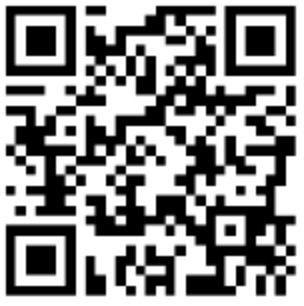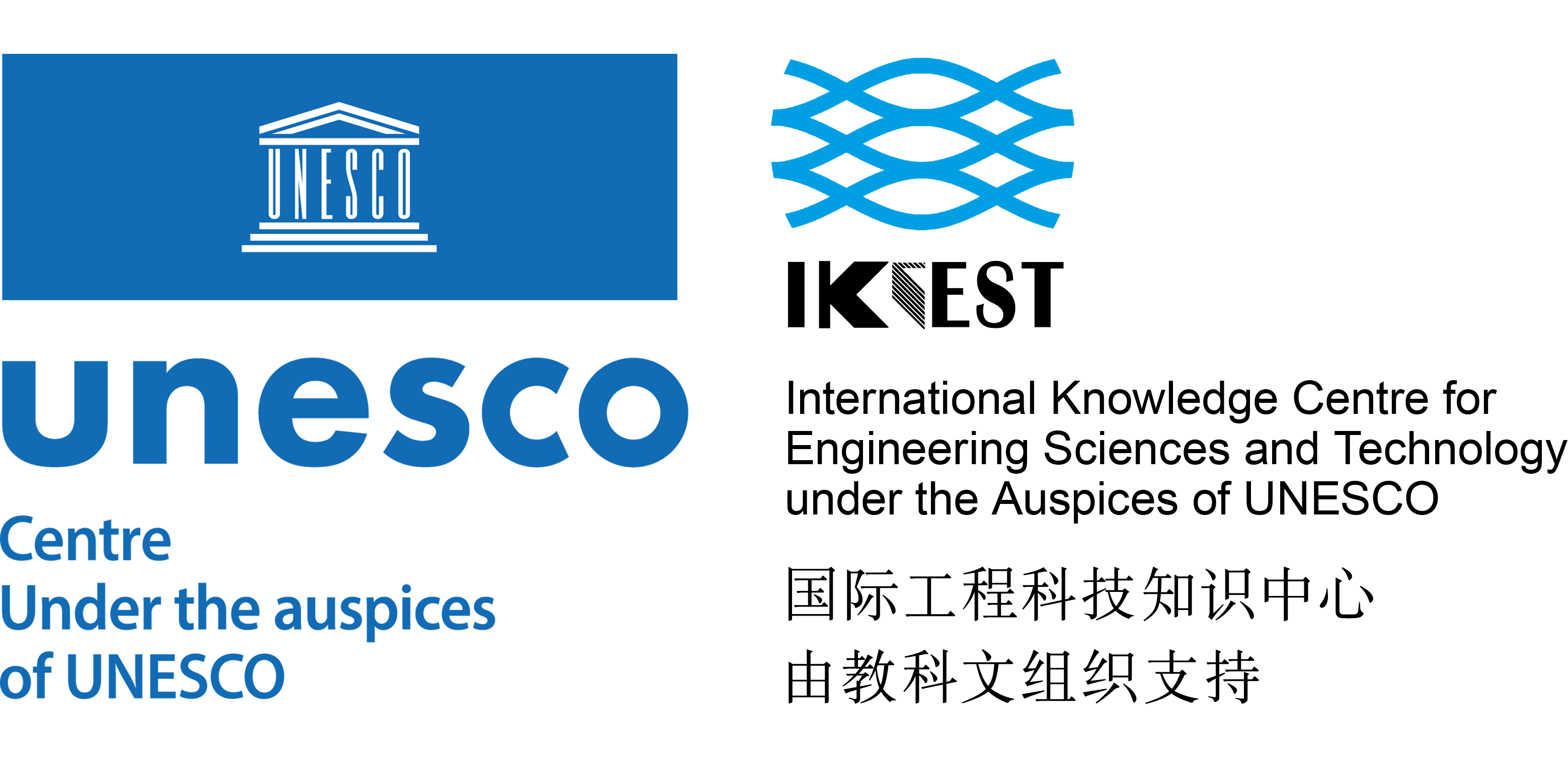The Journal of experimental medicine | Vol.99, Issue.5 | | Pages 481-94

Mechanism of cell wall penetration by viruses. I. An increase in host cell permeability induced by bacteriophage infection.
Treatment of radioactively labelled host cells with T1 or T2 bacteriophages induces a leakage of cellular P and S into the medium. Evidence is presented showing that this increased cell permeability is not the result of complete lysis of a small fraction of the cells, but rather is made up of contributions from all or most of the infected population. This leakage of cellular constituents exhibits the following characteristics: (a) Infection of a cell with a single virus suffices to evoke the reaction; (b) Increasing the multiplicity up to 7 to 8 virus particles per cell does not affect the extent of leakage produced; (c) Some leakage does occur at 0 degrees C., but much less than at 37 degrees C.; (d) Infection by T1 virus results in a smaller amount of leakage than in the case of T2, but the pattern of response to varying virus multiplicity is the same; (e) The P resulting from such leakage contains no DNA and chemically resembles that which elutes in smaller amounts from uninfected cells; (f) At 37 degrees C. the virus-induced leakage reaction appears within a matter of seconds, and usually decreases after 2 to 3 minutes; (g) The reaction is inhibited by 0.025 M Mg(++). Theoretical considerations are presented suggesting the place of this reaction in the sequence of events constituting the virus penetration reaction; its relationship to the phenomenon of lysis-from-without; and its resemblance to the leakage reaction produced by electrostatic binding of ionized compounds to cell surfaces. The existence of similar effects in avian-mammalian virus systems is noted.
Original Text (This is the original text for your reference.)
Mechanism of cell wall penetration by viruses. I. An increase in host cell permeability induced by bacteriophage infection.
Treatment of radioactively labelled host cells with T1 or T2 bacteriophages induces a leakage of cellular P and S into the medium. Evidence is presented showing that this increased cell permeability is not the result of complete lysis of a small fraction of the cells, but rather is made up of contributions from all or most of the infected population. This leakage of cellular constituents exhibits the following characteristics: (a) Infection of a cell with a single virus suffices to evoke the reaction; (b) Increasing the multiplicity up to 7 to 8 virus particles per cell does not affect the extent of leakage produced; (c) Some leakage does occur at 0 degrees C., but much less than at 37 degrees C.; (d) Infection by T1 virus results in a smaller amount of leakage than in the case of T2, but the pattern of response to varying virus multiplicity is the same; (e) The P resulting from such leakage contains no DNA and chemically resembles that which elutes in smaller amounts from uninfected cells; (f) At 37 degrees C. the virus-induced leakage reaction appears within a matter of seconds, and usually decreases after 2 to 3 minutes; (g) The reaction is inhibited by 0.025 M Mg(++). Theoretical considerations are presented suggesting the place of this reaction in the sequence of events constituting the virus penetration reaction; its relationship to the phenomenon of lysis-from-without; and its resemblance to the leakage reaction produced by electrostatic binding of ionized compounds to cell surfaces. The existence of similar effects in avian-mammalian virus systems is noted.
+More
Translate engine




Article's language
Action
Recommended articles
Report
Select your report category*
Reason*
New sign-in location:
Last sign-in location:
Last sign-in date:








 User Center
User Center My Training Class
My Training Class Feedback
Feedback







